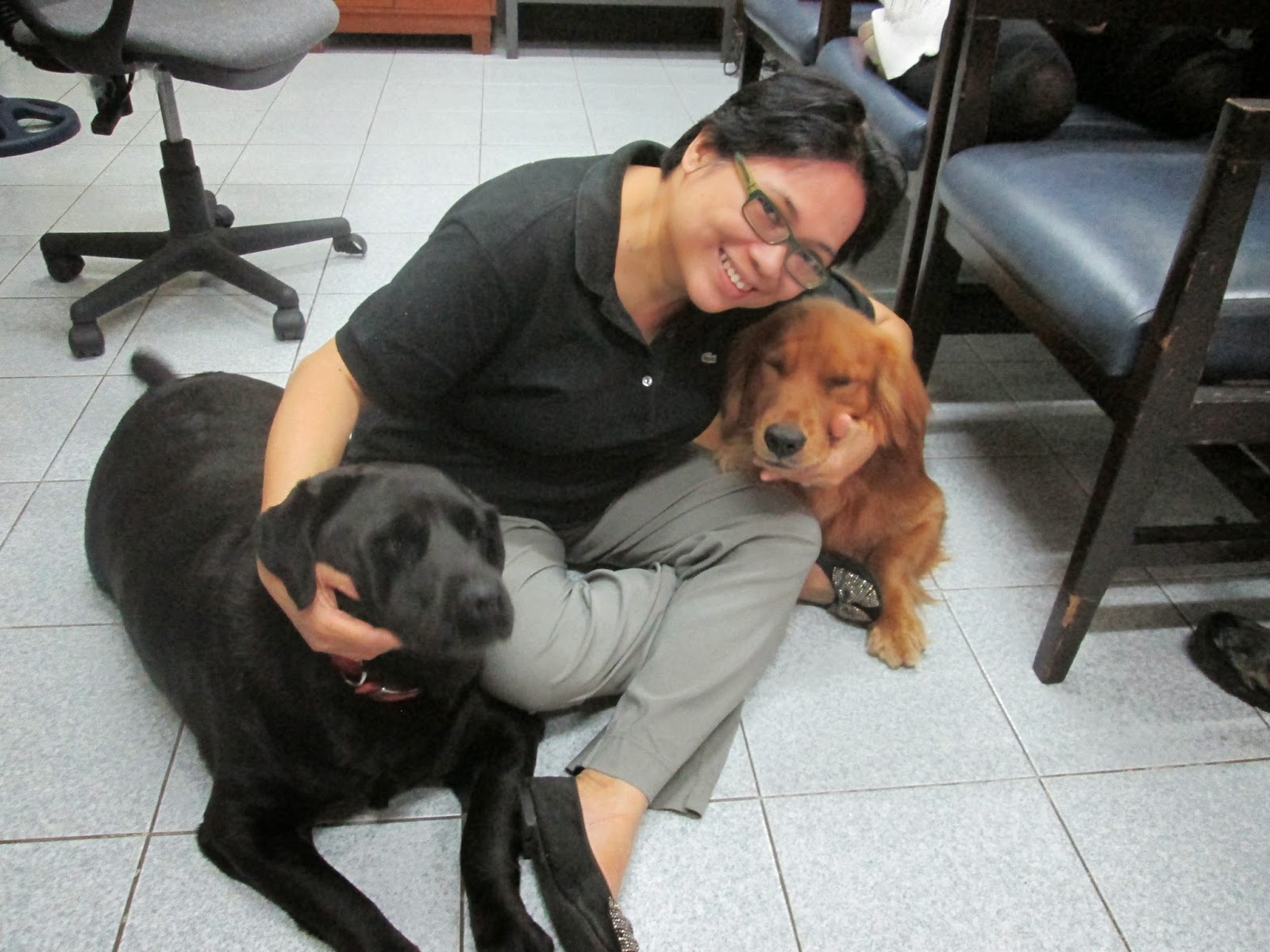Under the Sea.
By: Adrian Herico, student-producer
Episode aired last October 15, 2014
Guest: Gregg Yan, Communications and Media Manager, WWF Philippines
Episode aired last October 15, 2014
Guest: Gregg Yan, Communications and Media Manager, WWF Philippines
This episode was something that was almost wasn’t supposed to be
but I’m very thankful that it was, because not only was it education in
practice-the practical part of a broadcast journalism class with script writing
and being in a studio-it was also an opportunity to, as far as our discussions
and imagination goes, to dive into the world of marine life. Coral reefs that
is. It was a production marked by challenges, but there is that satisfying and
uplifting feeling you get once all the effort by everyone involved comes into
fruition in the form of the show running like clockwork. And then you realize
that a few days back it was all just words floating on your computer screen
with nothing but the vision of how the program runs as your guide.
A few days before the airing of the episode, I was called by Prof.
Rara that our guest, Mr. Gregg Yan, might not be able to make it to the show as
he would be coming from Iloilo and that his flight has been cancelled due to
bad weather. Coupled with my misunderstanding (mea culpa) of how the
pre-production is going to be done, I was more than anxious of writing the
script of the whole program along with considerations on how will I produce it
since although I’ve taken a radio broadcasting class before, it was years ago so
I was a bit intrigued and challenged at the prospect of doing a real, live
radio episode that’s going to be broadcasted on air and in the web. Plan B
didn’t sound enticing either with the catch that I and Prof. Rara would talk
about a given topic for an hour if I don’t manage to snag a guest. I hoped for
the best.
Then Gregg Yan came at around 12:30 P.M. before the program, which
I immediately recognized since I’ve done a background profiling of sorts seeing
his works and pictures on the internet. We spent the remaining minutes leading
to the program talking about interests and school background, which I found
rather easing as he and I were somehow acquainted with each other before the
program began. Come program time and for the first part of it, I tried to
recall everything I’ve been taught at my previous broadcasting class and
composed myself to be as natural as if we were just having a conversation.
Gregg, for the second half of the show just exploded (or
unraveled, for a better term) his knowledge of coral reefs and the marine life
within them that for the moment being, I felt that I was back in snorkeling the
azure waters of Boracay and Puerto Galera, fish teeming around and all sorts of
shapes and sizes of marine animals swam to and fro in the myriad of shapes of
the coral reefs. He knew the topic first hand since he has hands-on (no pun
intended) experience on the research and conservations efforts regarding such
marine formations, being a scuba diver amongst his other activities that takes
him to the mountains or the jungle.
Did you know that coral reefs are not actually stones or rocks,
but the remains of coral polyps who build up calcium carbonate skeletons when
they die, and the living coral builds on top of them? Or that they come in an
assortment of colors depending on the protein they eat from the plant organism
that live inside them? Also, they need very specific conditions in order to
survive, such as the right water temperature and ocean acidity, or the presence
of water turbulence and a relatively nutrient devoid environment in order for
them to thrive. That makes corals the pickiest animal in terms of habitat due
to these many conditions, but the diversity of life within them makes up for
their relatively small presence on the ocean.
Overall, it was an enriching experience, and by the closing
minutes of the program I felt that I could have gone for hours talking about
the almost endless facts and issues surrounding the coral reefs. Coral reefs
are more than just stony edifices that serve as the habitat for fish and other
marine life, they’re living creatures that needs the utmost care in which they
would not only affect the sea but people in general, due to the boon to fish
stocks and tourism they provide, which garners millions, if not billions, of
pesos in total worth. And for the Philippines, being an archipelago and a part
of the coral triangle, they are an invaluable asset that is just too costly to
lose.
Missed the episode? You can catch it here: https://soundcloud.com/adrian-herico/kwentuhang-pets-atbp-october-15-episode
Episode transcription:







